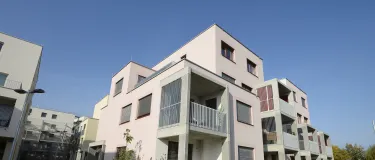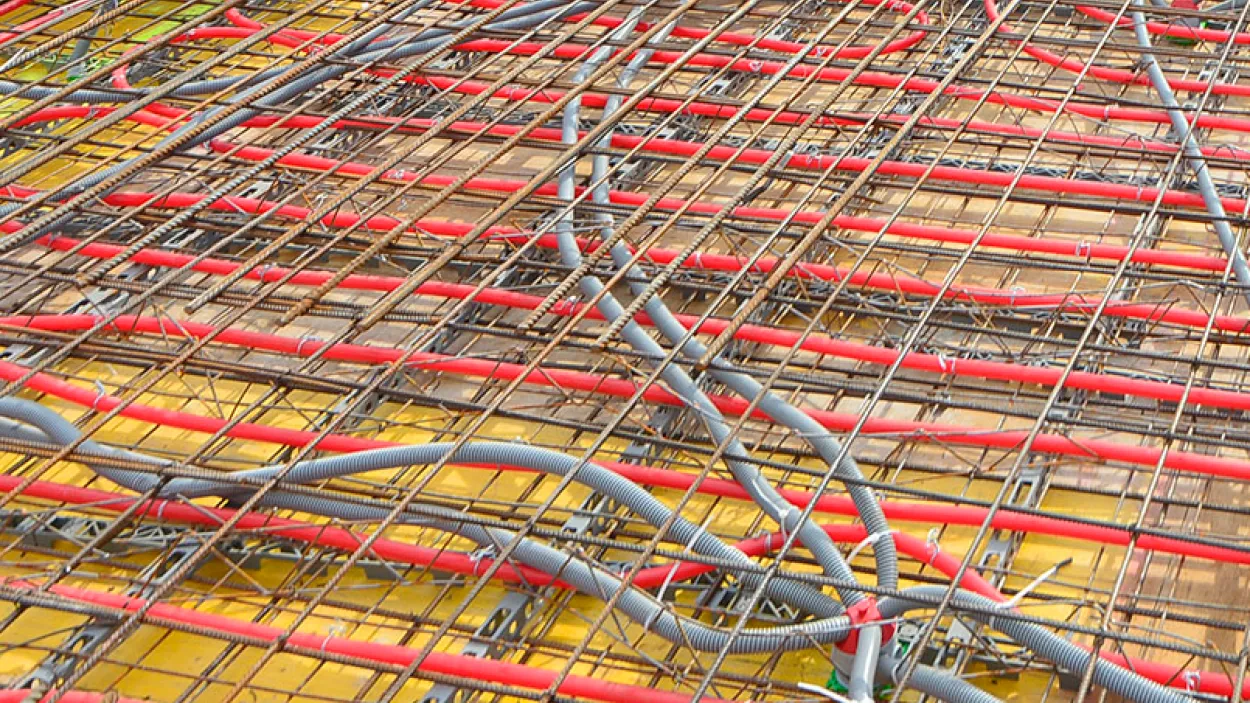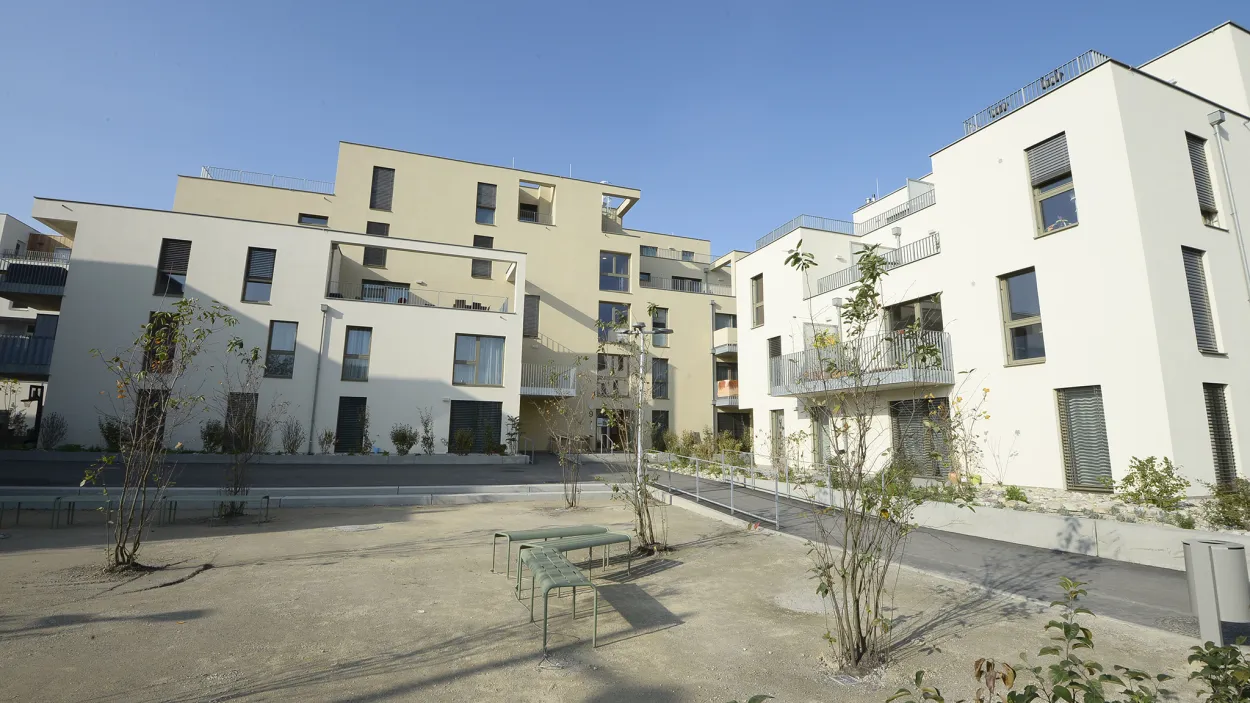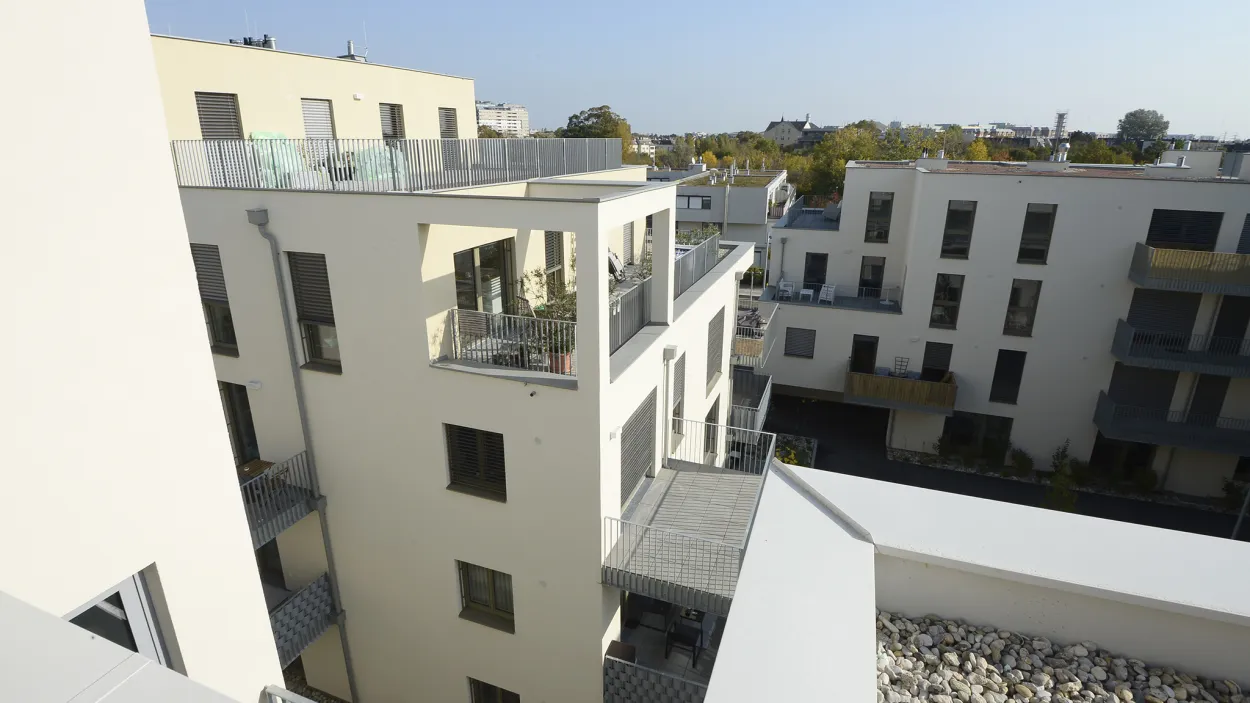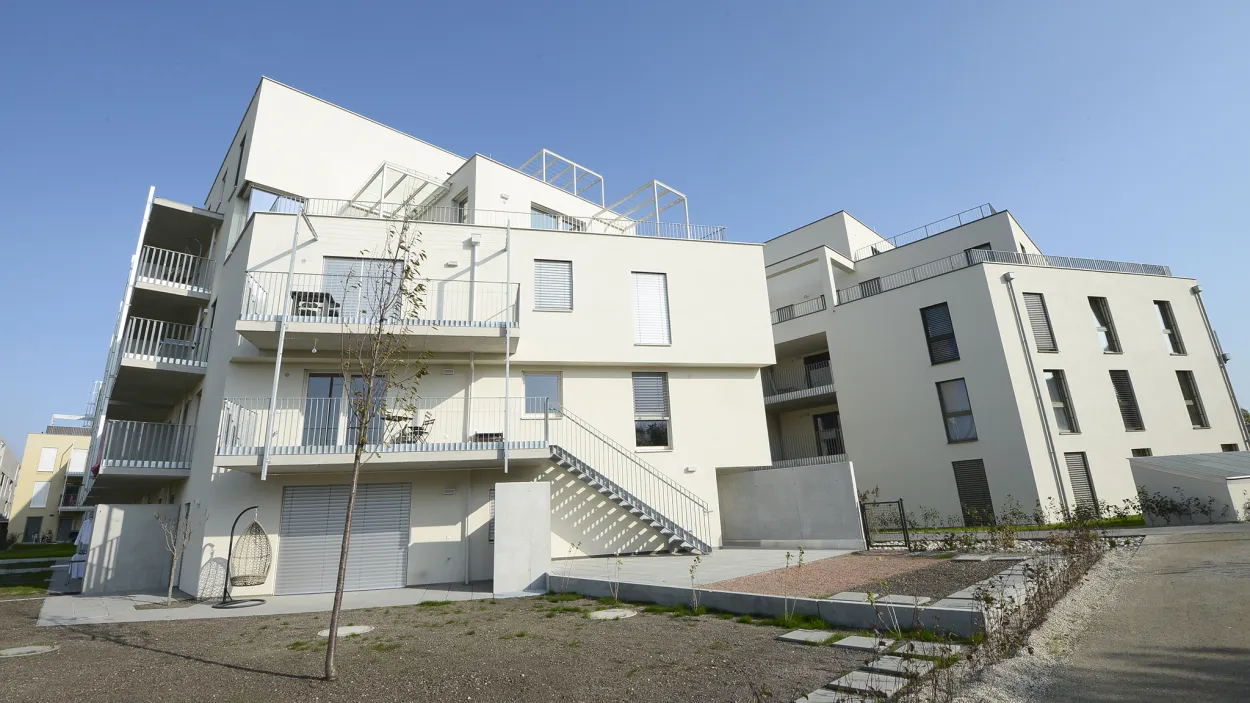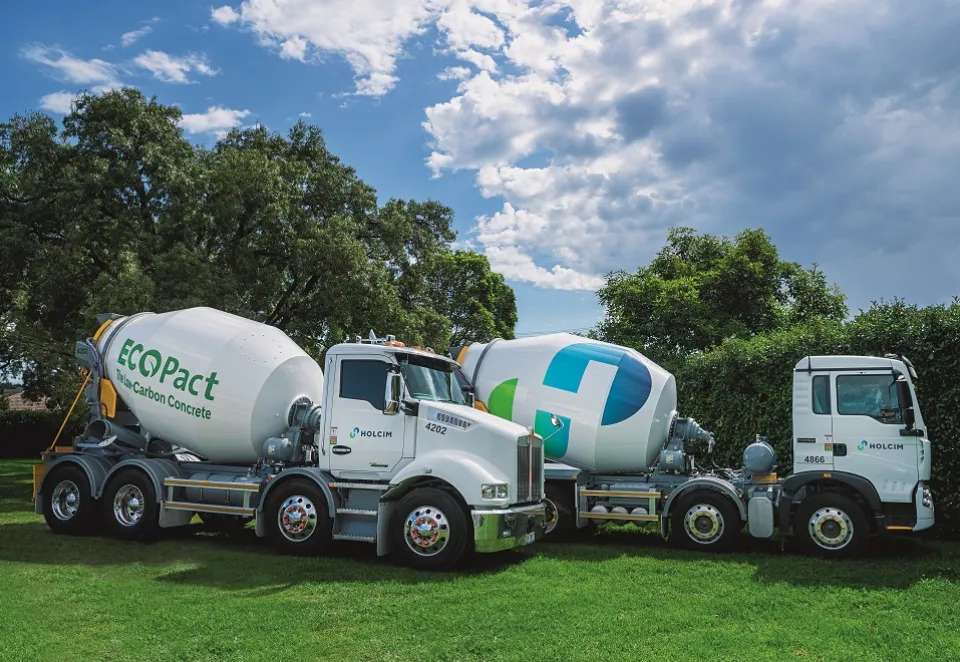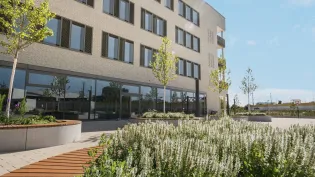Heating and cooling buildings with renewable energy and ECOPact concrete
What is thermal concrete activation (TCA) and how does it work?
In many cases, using renewable energy means relying on the sun and the wind. But there’s no sun at night and the wind does not always blow, which means that they do not meet the energy needs of buildings at all times. Switching to 100% renewables will therefore require effective energy storage. Thermal concrete activation (TCA) systems are one of the most effective solutions to achieve that.
TCA systems are simple and cheap to implement. We already know concrete is the world’s building material of choice. It turns out that concrete is also excellent at storing and conducting heat. Concrete load-bearing components can play this additional role if they are designed intelligently to store thermal energy. During the construction of a building, pipes can be introduced into large-scale concrete components (such as ceilings and floor slabs) through which warm or cool water is routed as required. The system basically pre-charges buildings with energy that can be stored and released for heating and cooling as needed, covering their energy needs at all times. In practice, combining renewable energy with a cheap storage solution drastically reduces energy consumption and costs for the residents. Best of all, this solution is highly scalable: in terms of supply chain, handling and construction, few materials are likely to be as cost effective, easy to obtain and simple to use as concrete.
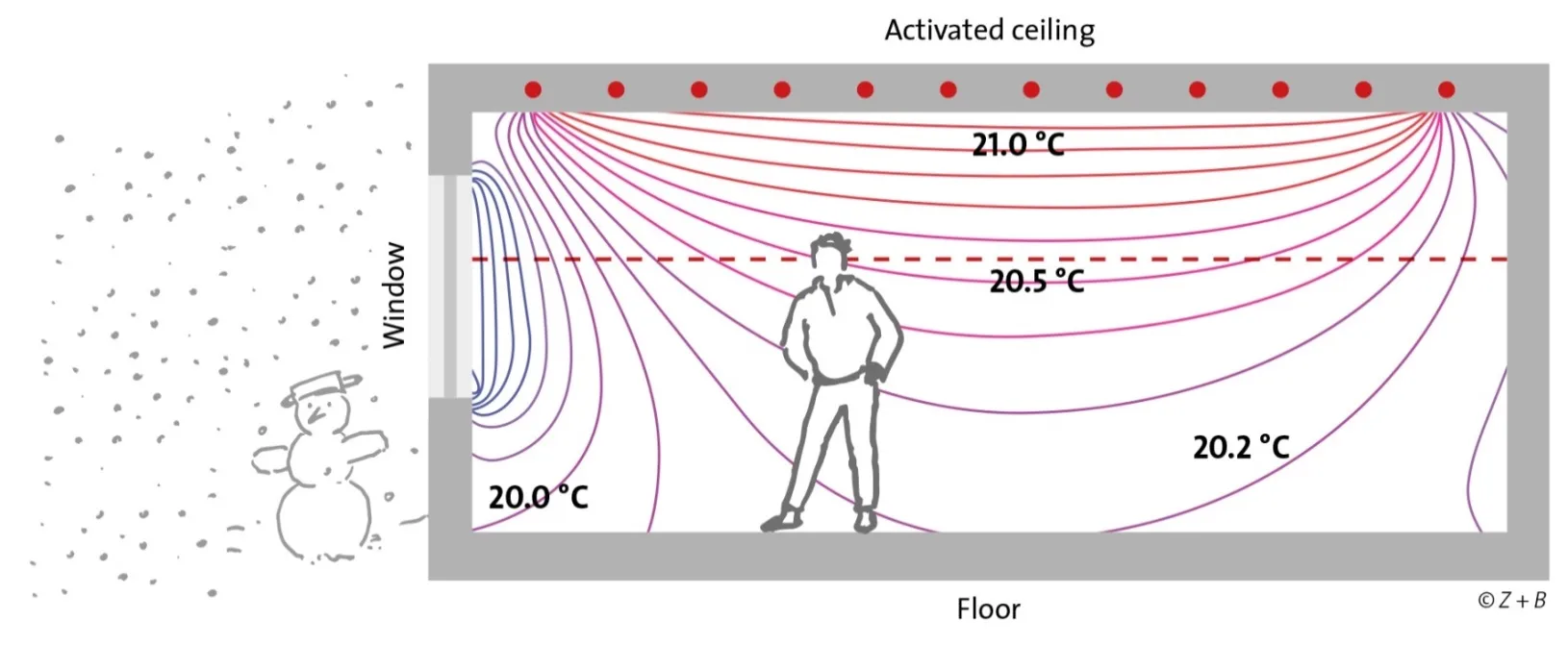
Making TCA greener with ECOPact
TCA is a mature and well proven technology in some parts of the world. Combined with smart design and the use of Holcim’s range of green concrete ECOPact, with a carbon footprint from 30% to 100% lower than standard concrete, TCA can play a major role in the decarbonization of cities. Energy efficient, environmentally friendly and cheap, it can effectively accelerate the phase out of fossil fuels in the built environment, reduce energy costs for households and contribute to housing affordability.
Follow us on LinkedIn
Stay up-to-date on our latest news and events on social media.



